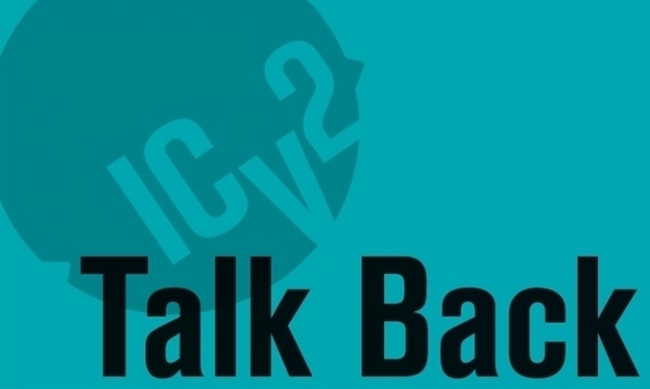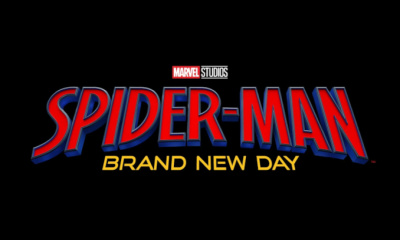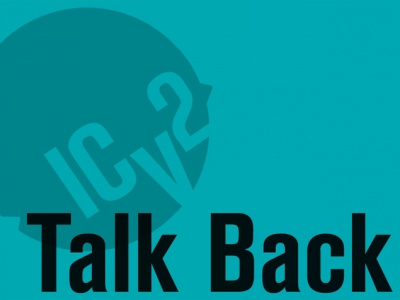Darin Henry, writer/publisher at Sitcomics, offers this two-step plan for saving comics.
A few days ago, word spread of a plan which would allow comic book publishers to resume distribution of new content by allowing retailers to sell digital codes to their customers. These codes would allow their owners to read downloadable copies of a new comic immediately and reserve a printed copy when it eventually became available. Most comic book retailers believe that opening their doors to digital in the short term would spell doom for print sales in the long term, so the new strategy was abandoned within hours.
The desire to keep publishing new comics is understandable. DC and Marvel’s corporate owners will soon be tightening their belts and a drastic reduction of titles is looming which means fewer employed editors, artists, writers and production staff. Retailers who were struggling before the pandemic may see this as a good time to bow out of the direct market permanently. This massive disruption to our personal and professional lives also means that veteran comic book customers will be re-examining the way they spend money on entertainment and the longer the economy stalls, the more comic books will become expendable.
But it is not all gloom and doom. This unprecedented crisis has also created an amazing opportunity that comics will likely (and hopefully) never get again. No matter how tough times get, people still crave entertainment and I know from experience that to produce even the worst movie or TV show requires dozens of expensive professionals working closely together for weeks and months. The lingering risk of infecting those expensive professionals means it may be a looooong time before there is a steady supply of new TV shows and movies. Fortunately, comic books can be produced by a tiny handful of individuals working separately which puts publishers in an excellent position to take advantage of this suddenly barren media landscape. I do publish comics but as much as I wish my own superheroes including The Blue Baron, Startup and Headhunter possessed the star power to fill this entertainment void for the entire world, only the real “celebrities” of comics -- Superman, Spider-Man, Batman and The Avengers -- can save us now.
It seems clear that the current financial crisis will shrink the ranks of people shelling out cash for serialized superhero comic books. If this self-isolation lifts and the Big 2 publishers just pick up where they left off without inviting new customers to replace the ones who drop out, it's possible that comic shops may end up being finished off, not by the coronavirus, but by the stacks of unsold, non-returnable Big 2 comics. Comic shops need reinforcements for the customers they're about to lose which brings us to step one of this two-step process.
STEP ONE: MARKETING
Engaging a large cross-section of potential new readers requires a marketing campaign unlike any ever attempted by comic book publishers, but now is the perfect time to do unprecedented things. It isn’t just regular folks who are trapped at home right now. Celebrities are trapped too. Actors can’t act, athletes can’t play, singers can’t perform. The biggest names in entertainment are all just sitting around like the rest of us, waiting for the curve to flatten. Marvel and DC need to fire up their Zoom apps and put their PR departments to work, reaching out to rap stars, country stars, authors, baseball stars, soap stars, comedians, talk show hosts, international TV and movie stars – any and every celebrity beloved by any and every audience publishers and retailers want to see buying comics when this is over -- and hire them to take a few pictures of themselves, sitting at home reading Marvel and DC comics alone or with their kids. The literal and figurative stars are aligned and the chances are better than they will ever be that these stars’ high-powered reps will tell their extremely famous, A-list clients to take some money and take some pictures.
The temptation to immediately share these photos of celebrities reading comics on social media must be resisted. These images didn’t come free and marketing a product that can’t yet be sold is a bad idea. Instead, the big two publishers need to turn to the other half of this strategy.
STEP TWO: EXPANDING THE BASE
The direct market is the only reason superhero comics have survived long enough for Hollywood to realize their box office and Nielsen rating potential. For that reason and many others, the direct market should always remain the exclusive home to new comic book content. But it’s hard enough to get folks to read comics without also forcing them to make a special trip, so as much as I love comic shops, to gain new readers in large numbers requires distributing comics into places where potential new readers can easily find them. That means returning comics to large chain drugstores like CVS or Walgreens. As we now all know, drugstores don’t even shut their doors for a pandemic which means anyone can buy these "drugstore comics" the minute they arrive in the shop. And that brings us back to step one of this plan.
Just before the comics hit store shelves, it’s time to release all those photos of quarantined celebrities reading comics into the world. The sales pitch will have nothing to do with coronavirus - the message should simply be – ‘All these famous people enjoy reading comics. You probably will too.” Put that message in front of as many people as possible and reserve display space by the cash registers where anyone who's heard that message can easily find them.
THE FINE PRINT
So how many of these “drugstore comics” should be published and in what format? Well, to answer the format question first, I believe selling serialized single issues would be a very bad idea. Wednesday Warriors will happily pay good money for an incomplete story, but the general public? Not so much. These drugstore comics must deliver a satisfying amount of self-contained content at a price that won’t create sticker shock. 13 quarterly family-friendly titles from each publisher, featuring their biggest name characters, collecting 64-pages of classic stories for $3.99. Using reprinted stories will cost far less than all-new content and avoid ruffling the feathers of the independent retailers who’ve supported the comic book industry during prior economic downturns. Though the interior content of these drugstore comics won't be new, the covers should be. Big-name artists should be recruited to draw new covers exclusively for CVS or Walgreens which feature an image that actually reflects the story being retold inside.
A content-driven event would help get lapsed and current readers excited, which is why a brand new monthly DC/Marvel crossover series should absolutely be part of the initial wave of releases. This DC/Marvel crossover will be available in the Direct Market as well, but the drugstore editions will again boast exclusive covers.
Which characters and genres should be featured in the 26 non-crossover titles? Well, ask a million comic fans and you’ll get a million different answers, but here are mine:
DC 13: Superman, Batman, Wonder Woman, The Flash, Justice League of America, Teen Titans, Black Lightning, Supergirl, Green Lantern, Aquaman, House of Secrets, Sgt. Rock, Sugar & Spike
Marvel 13: Spider-Man, Captain America, Captain Marvel, Black Panther, X-Men, The Avengers, Hulk, Black Widow, Iron Man, Star Wars, Conan, Millie the Model, Our Love Story (yes, Our Love Story!)
I've included romance, war, sci-fi, horror and humor comics because the diversity of the mainstream audience should be reflected in the diversity of the content available to them in the mass market. Of course, the more exposure these non-superhero properties receive, the more potential they have to become movies and TV shows.
As the initial wave of reprints is being prepared, top-notch writers and artists would be hired to produce all-new, in-continuity adventures, featuring the above characters to be sold exclusively in the direct market in three issue arcs (that would NOT be sold digitally!) These three act stories would then be collected into “new,” 64-page reprints to be sold quarterly at Walgreens/CVS market six months after they’d been released to comic shops. Three months of shelf-time may be anathema to the comic shops who mainly cater to Wednesday Warriors, but it might take three or four trips to a drugstore before a new reader finally pulls the trigger on buying their first Aquaman comic. And if these new fans can't wait three months to see what else these characters can do, the triple-sized reprints include the comic shop locator hotline inviting them to find other, all-new stories featuring these same popular characters at a comic shop near them.
And that’s my simple, 2-step solution to save comics in a post-pandemic world. If these Marvel and DC drugstore comics perform as planned, a flock of young, new LCS customers would quickly join returning regulars leading to greater financial security for comic shops and a healthier comic book market in general, which can only be a good thing for those of us still publishing our comics from the margins.
The opinions expressed in this Talk Back are solely those of the writer, and do not necessarily reflect the views of the editorial staff of ICv2.com.








